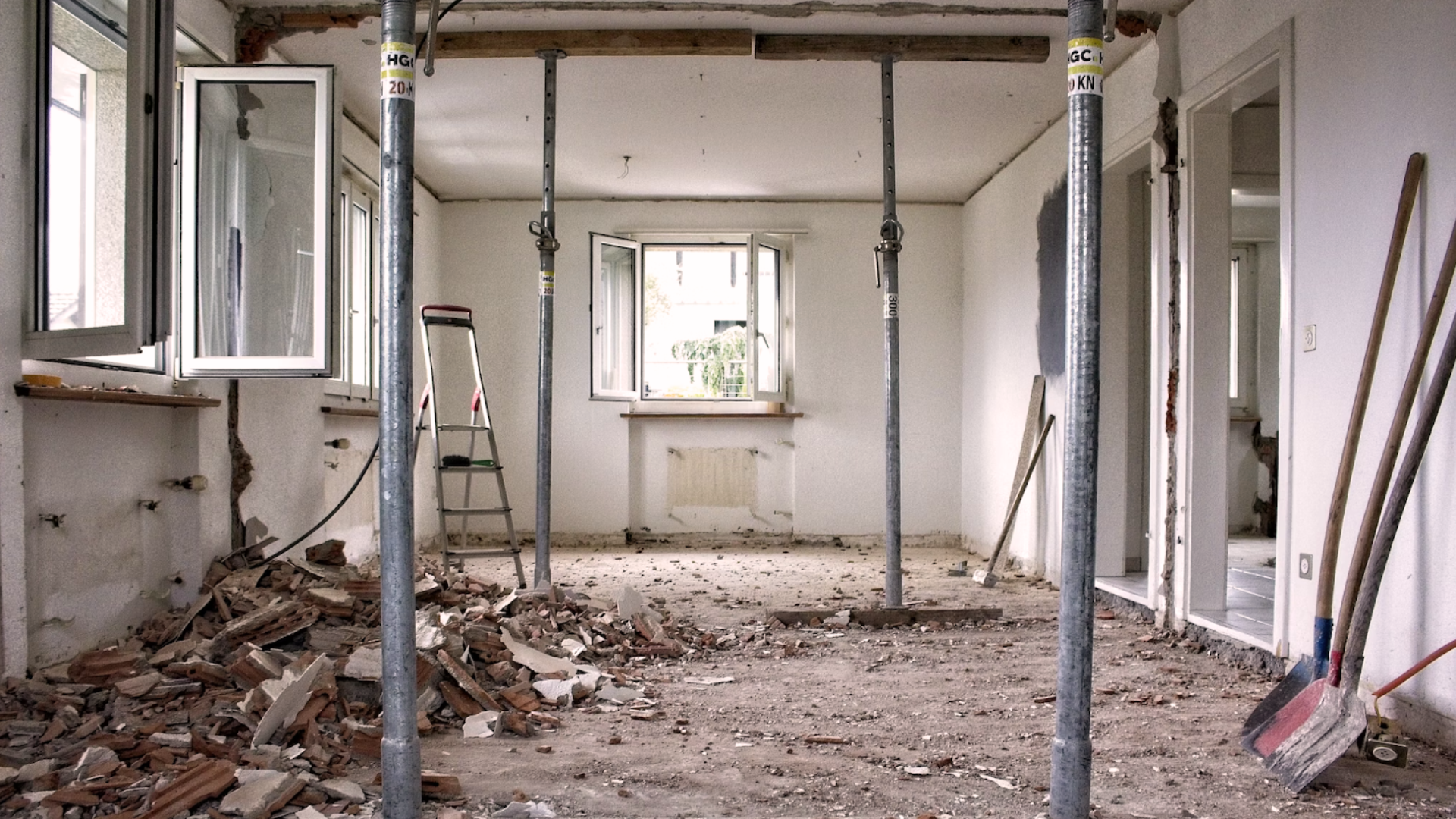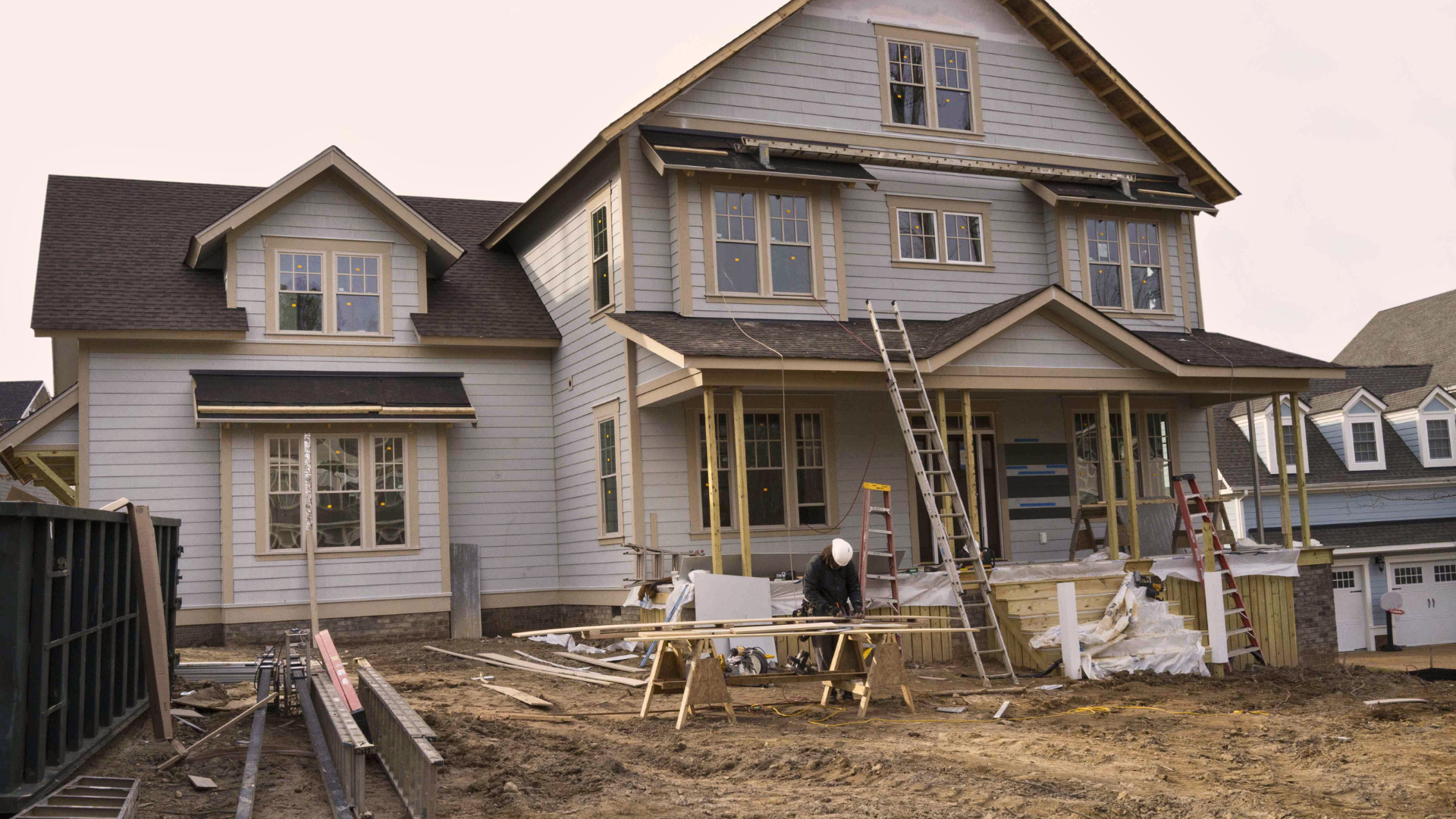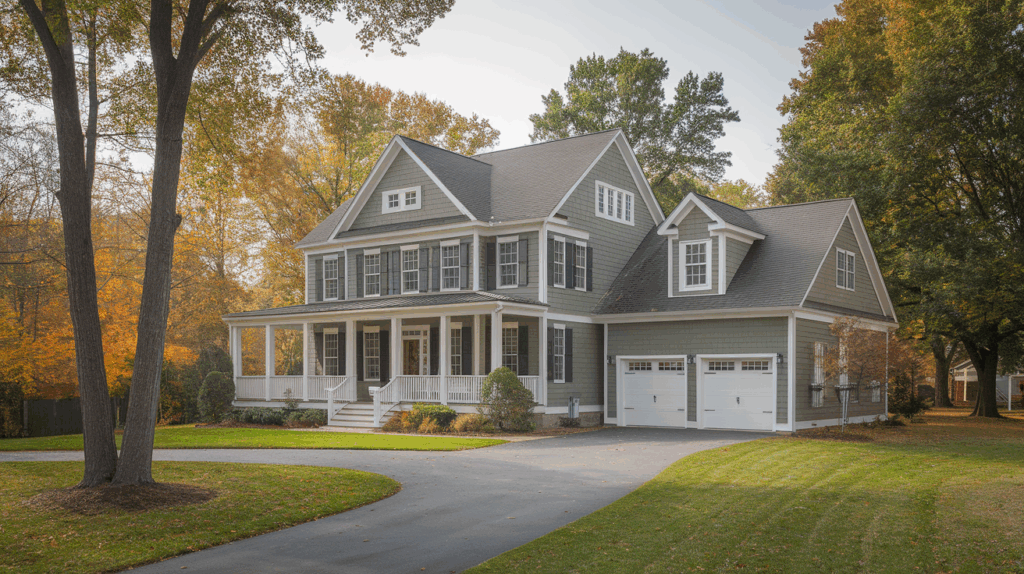Renovating a home can feel both exciting and overwhelming. Whether it’s a fixer-upper or just time for a refresh, the big question is: how long will it all take?
You’re not alone in wondering that. Many of us start a project with high hopes, only to hit delays that no one talks about.
In this guide, I’ll walk you through real-world renovation timelines, not the quick fixes you see on TV. I’ll cover everything from small updates to full gut jobs.
You’ll learn what actually affects the timeline, how to plan better, and where most people get stuck.
I wrote this to help you cut through the confusion. You’ll walk away with answers you can trust and use.
If you’ve been searching for honest info without the fluff, you’re in the right place. Let’s break it down, one step at a time.
Why Renovation Timelines Matter?
I’ve learned that having a realistic renovation timeline changes everything. It’s not just about how long the work takes; it’s about how you live while it’s happening.
If you’re like me, you want to know when you’ll have a working kitchen again or when the kids can sleep in their rooms. You can’t plan your life around a vague “it’ll be done soon.”
Renovations come with delays; that’s normal. But when you know the steps and how long they might take, you can prep your budget, adjust your daily routine, and stay sane.
If you’re living in the house during the chaos, the noise, dust, and people in your space hit you harder.
That’s when a timeline stops being a nice idea and becomes a lifeline. Knowing what to expect helps you breathe. It’s not about control; it’s about clarity.
Home Renovation: Project Scope and Timeline

Below, I’ve broken it down by size so you can get a clearer picture of what to expect.
1. Small Projects
These are the quick wins. I’m talking about painting a room, swapping out flooring, or updating light fixtures.
If everything goes right, you’re looking at a few days to maybe two weeks. Simple changes, fast results. Just make sure supplies are ready and workers show up on time.
2. Medium Projects
This is where things start to stretch. Remodeling a bathroom or kitchen? You’ll likely need 4 to 12 weeks. It depends on what you’re changing: cabinets, plumbing, tile, or layout.
I’ve found that one small delay (like waiting for a backordered sink) can slow everything down. And if your contractor juggles other jobs? Be ready to wait a bit more.
3. Whole-Home Renovations
Here’s the big one. If you’re taking on your entire house, expect at least 3 months. Some go for a full year.
It all depends on the size of your home, how deep you go, and how many surprises are hiding behind the walls.
I won’t sugarcoat it, this takes patience. But if you plan ahead, you’ll get through it. Your timeline depends on what you’re doing, your home’s age, and how many curveballs show up.
Home Renovation: Step-By-Step Timeline
Every home renovation follows a general order, even if your project is big, small, or somewhere in between. I’ve found that knowing the basic steps helps you feel less overwhelmed.
1. Planning and Permits (2–6 Weeks)
This is where it all begins. You’ll make design choices, set a budget, and figure out what permits you need. I’ve learned that rushing this step only causes problems later.
Talk to your contractor and get clear on your must-haves. Some cities move fast on permits. Others don’t. Be patient here; it sets the tone for everything else.
2. Demolition (1–2 Weeks)
Now comes the mess. Walls come down, floors come up, and suddenly it’s real. This part can move fast, but don’t let that fool you.
I’ve seen plenty of surprises behind drywall, water damage, bad wiring, or old pipes. That’s just how it goes. If all’s clear, the demo can be done before you blink.
3. Structural Work (2–4 Weeks)
This step matters more than most people think. If your walls are moving or your roof’s changing, now’s the time. Framing, foundation work, or beams happen here.
I’ve seen projects pause when unexpected surprises arise. Old homes especially like to throw curveballs. But if your structure’s solid, this part can go quickly and make everything else fall into place.
4. Systems Installation (2–3 Weeks)
Behind-the-scenes work happens now. Plumbing, wiring, and HVAC all get installed or updated. This part doesn’t look like much, but it’s huge.
I’ve had to wait for inspectors before walls could be closed up. You don’t want shortcuts here. It may feel slow, but trust the process. Once this is done, the pretty stuff can finally begin.
5. Interior Finishes (4–8 Weeks)
This is where things start to feel like home again. Drywall goes up, floors get installed, and you finally see color on the walls.
Cabinets, tile, and trim bring it to life. I won’t lie, this part takes time. There’s a lot to do, and it needs to be done right. But this is the most rewarding stage.
6. Final Touches and Inspections (1–2 Weeks)
You’ll see hardware installed, touch-ups done, and things cleaned up. Final walkthroughs happen here. If you need city inspections, they’ll check the work.
I’ve learned not to rush this. Little fixes make a big difference. Once everything’s signed off, your house is ready. That first deep breath in the finished space? Worth every wait.
Key Factors that Affect the Timeline of Renovating a House

Below are the key factors that often affect how long a renovation really takes, some you can prepare for, others you just have to roll with.
1. Permit Delays
I’ve been there, ready to start, but stuck waiting on the city. Some permits come fast. Others? Not so much. If your area’s backed up, it can hold everything up.
You can’t skip this step, so get the paperwork started early. If you wait too long, your project might be sitting before it even begins.
2. Material Shortages
You’d think picking a tile or a faucet would be simple. But I’ve had to wait weeks because one item was out of stock. Backorders can bring progress to a stop.
It’s smart to order early and have backups picked out. That way, if something’s delayed, you don’t lose momentum. Waiting on one missing part can stall a whole room.
3. Contractor Schedules
Contractors don’t just work on one job. If yours is balancing other projects, delays can creep in. I’ve seen good work take longer just because the crew had to bounce around.
Clear communication helps, so ask up front how much time they’ll spend on your job each week. If it’s not consistent, adjust your expectations accordingly.
4. Weather
If your project includes outdoor work, the forecast suddenly matters. Rain, snow, or even wind can slow things down. I’ve seen a whole week lost to bad weather during a roof job.
You can’t control the skies, but you can plan for the seasons. Try to schedule big outdoor changes in milder months if possible.
5. DIY Vs. Hiring Pros
Doing it yourself can be rewarding and cheaper. But I’ve learned it usually takes longer. You’re fitting the work around real life: jobs, kids, and everything else.
Pros move faster because it’s their full-time job. You’ve got to weigh time versus cost. If you’re not in a rush, DIY might work. If you are, hire help.
Planning Tips for Renovating a House Effectively
These are a few simple, real-life tips I’ve picked up that will help you stay on track, save time, and avoid the most common mistakes.
1. Plan for the Unexpected
I’ve never had a project go exactly as planned. Something always pops up, hidden damage, missing parts, or last-minute changes. That’s why you need a little cushion in your timeline and budget.
Don’t stretch everything too thin. If you plan for surprises, they won’t knock you off course when they show up. And trust me, they will.
2. Make Decisions Early
Waiting to choose paint, tile, or appliances can hold everything up. I’ve made that mistake, and it’s not fun. Contractors need answers to keep moving.
If you haven’t picked something, they can’t install it. So get those choices made early. It saves time, stress, and last-minute panic shopping. Keep a list, stick to it, and stay ahead of the work.
3. Stay in Touch
You don’t have to micromanage, but you do need regular updates. I’ve found that a quick check-in every few days can prevent big problems. Ask questions and walk the site.
Misunderstandings cost time. When everyone knows what’s happening, the work flows better. Don’t assume your contractor knows your thoughts; speak up and keep the conversation going.
4. Avoid Scope Creep
Changing your mind mid-project sounds harmless, until it isn’t. I’ve done it, and each “small” change added time, cost, or both.
Once the plan is set, try to stick with it. Big shifts halfway through can throw off everything. It’s better to think things through before the work starts than to redo things once it’s underway.
Conclusion
So, how long does it really take to renovate a house? The truth is, it depends. Most of us go in hoping for a smooth few weeks, but it usually takes longer.
I’ve learned that the more you plan ahead and stay flexible, the less stressful it feels. Delays happen and plans shift. That’s part of the deal.
But if you understand the timeline, stay in touch with your contractor, and make decisions early, you’ll be in a good spot. It doesn’t have to be perfect to be worth it.
When it’s all said and done, you’ll have more than just a finished room. You’ll have a space that works for you, and a story behind every inch of it.
That’s what makes it yours. And honestly? That’s the best part.

